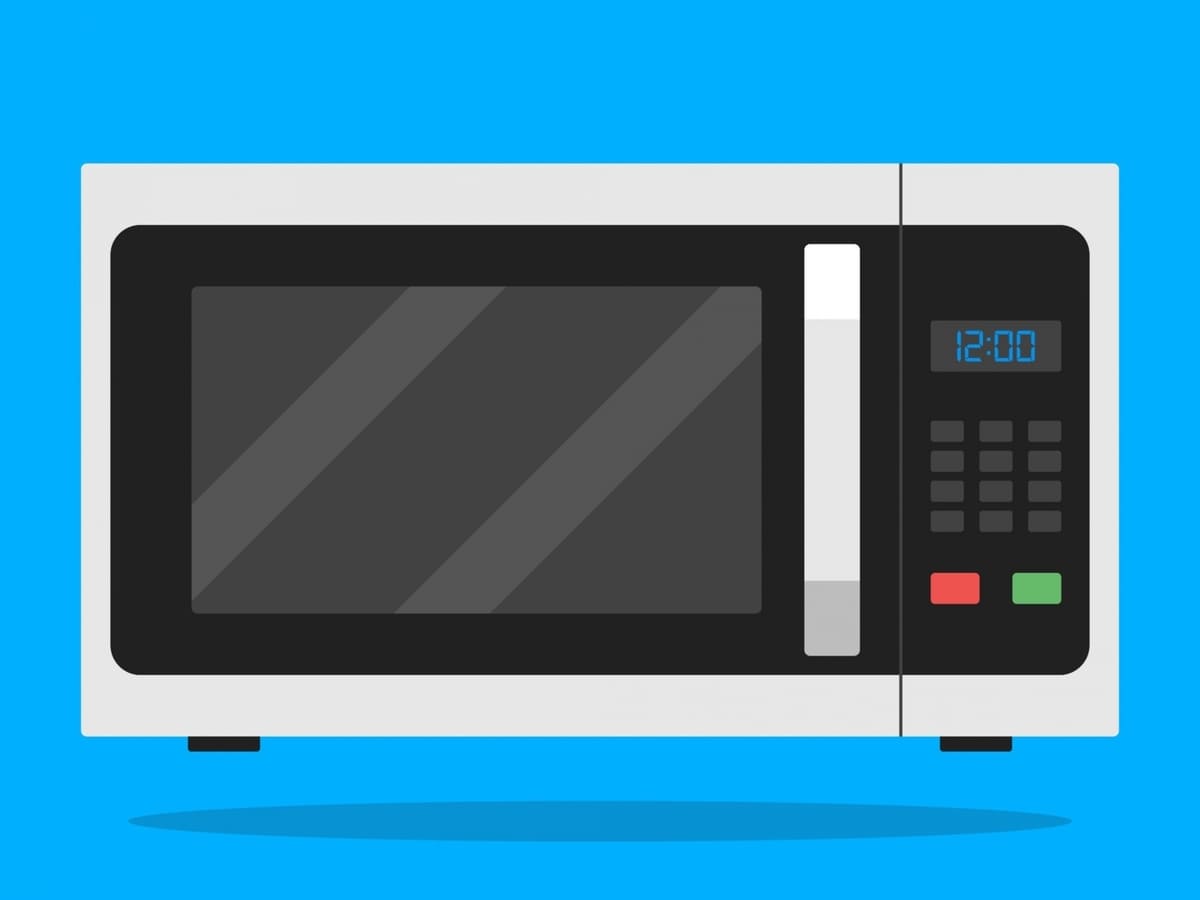Microwave ovens are a staple appliance in most homes, and they come in various types, including countertop, built-in, and over-the-range models. While some microwaves can be vented through the roof or an exterior wall, venting on an interior wall is a popular choice for homeowners looking to save space and maintain a clean aesthetic. However, proper installation is critical to ensure your microwave operates safely and efficiently. In this article, we’ll explore how to vent a microwave on an interior wall, including the tools you need, safety precautions to take, and step-by-step installation instructions.
Understanding Your Microwave
Before you begin the installation process, it’s essential to understand the type of microwave you have and the ventilation requirements for that model. Microwaves come in three main types: countertop, built-in, and over-the-range. Countertop models are designed to sit on a flat surface, while built-in models are installed flush with cabinetry. Over-the-range microwaves are installed above a stove or cooktop and come equipped with ventilation fans. Depending on the type of microwave you have, the ventilation requirements may differ.
Choosing the Right Location
Selecting the right location to vent your microwave is crucial to ensure proper airflow and efficient operation. Factors to consider when choosing a location include the size of the microwave, the location of the kitchen, and the placement of the ductwork. Venting a microwave on an interior wall has advantages and disadvantages, so it’s essential to weigh your options before making a decision. Some tips for selecting the right wall for venting include choosing a location near an exterior wall or existing ductwork and avoiding walls with plumbing or electrical wiring.
Preparation
Proper preparation is essential to ensure a successful installation. Before you begin, gather the necessary tools, including a jigsaw, drill, measuring tape, and screwdriver. Additionally, take safety precautions by turning off the power supply to the area and wearing protective gear. Preparing the wall for venting involves removing the drywall or plaster, cutting a vent hole, and installing the ductwork.
Installation
The installation process requires precision and attention to detail. Begin by cutting a hole in the wall to accommodate the ductwork. Install the ductwork, ensuring it fits snugly and securely. Connect the vent to the microwave and secure the microwave in place. Finally, test the airflow and inspect the installation for compliance.
Testing and Inspection
Once the installation is complete, it’s crucial to test the airflow and inspect the installation for compliance. Check for leaks and ensure proper airflow by running the microwave for a few minutes. Finally, inspect the installation for compliance with local building codes and regulations.
Maintenance
Maintaining your microwave and venting system is crucial to ensure efficient operation and avoid costly repairs. Regular cleaning, including wiping down the vent hood and cleaning the ductwork, is essential. Additionally, it’s recommended to follow a maintenance schedule and troubleshoot common problems, such as clogs or leaks.
Alternatives to Interior Wall Venting
While venting a microwave on an interior wall is a popular choice for homeowners, it’s not always the best option. Over-the-range venting, venting through the roof, and venting through an exterior wall are alternative options to consider.
Common Mistakes to Avoid
Venting a microwave on an interior wall requires careful planning and execution. Some common mistakes to avoid include choosing the wrong type of microwave, incorrect installation, and improper ventilation. By following the manufacturer’s instructions and taking necessary precautions, you can avoid these mistakes and ensure a successful installation.
Conclusion
In conclusion, venting a microwave on an interior wall requires careful planning, preparation, and attention to detail, but with the right approach, it can be a rewarding and satisfying DIY project. By following the tips and guidelines outlined in this article, you can successfully vent your microwave on an interior wall and enjoy a more efficient and functional kitchen.




